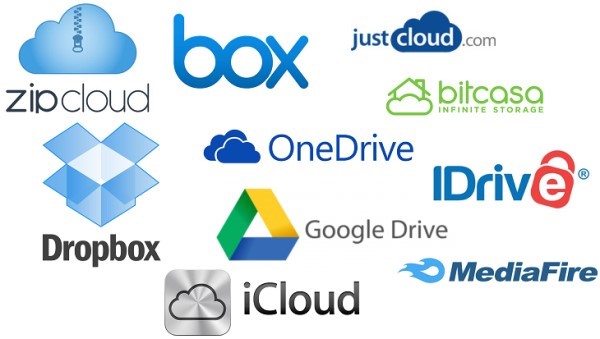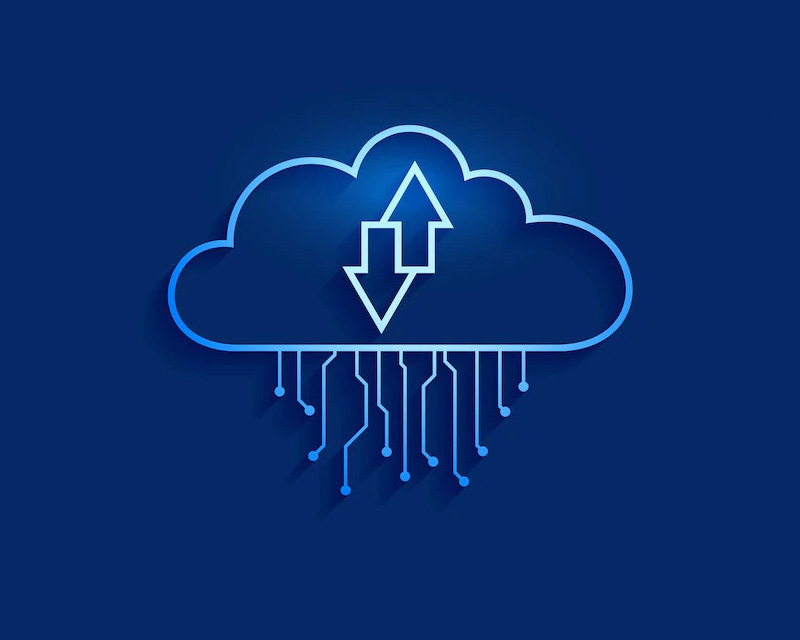Cloud computing has turned to become an integral part of Information Technology and it will be good to share here some interesting information about cloud computing. Cloud computing literally means Internet-based computing and it offers several benefits for web developers and we shall discuss it in detail.
Services that are familiar to us such as Gmail, cloud back up of photos from our phone memory, streaming of videos on Netflix are some examples of a cloud application. We all know the importance of data and how precious it is especially when we work on large projects. In those cases, having a backup of data is very necessary and when data is stored on the cloud, it is easy for data recovery at any point in time. Any damage to the hardware infrastructure, security intrusions at any point of time and even when affected by any natural disaster, recovery of data from cloud can safeguard and protect businesses.

For web applications such as online billing, online retail sales & online inventory reports it requires internet and setting up their own server can be very expensive. Web-based applications also need constant monitoring and any issues can affect the application severely. This is the reason why major tech companies are shifting to cloud-based server service for managing their developed web applications. Migrating to a cloud platform avoids upfront investment and the charges are only incurred as per the usage. With cloud network, we can connect to data centers across the world and this increases geographical expansion and reach to a global audience over the internet. As a result, customers can be provided with the best service uninterrupted irrespective of geographical barriers.
Some of the popular free cloud storage providers:

Cloud provides multiple service models other than SaaS (Software as a service). They are Infrastructure as service (IaaS) and Platform as a service (PaaS).
Let us understand what is SaaS
Software as a Service is a cloud-based software delivery model in which cloud service provider develop and maintain cloud application software, provide software updates, security and make it available to customers via the internet and for which they need to pay on a subscription basis (On-demand software).
Example of SaaS- Google Apps, Microsoft 365, On Demand CRM (salesforce.com), On Demand E.R.P(Net Suite), etc.
Implementation of SaaS reduces wastage of time and money spent on task related to installation and managing of software. Users will not be responsible for hardware or software updates.
Understanding IaaS:
IaaS provides computing infrastructure, physical or even virtual machines with file-based storage, firewall, IP addresses, virtual local area networks, etc. We can log in to IaaS platform via the internet and create virtual machines, install the operating system in them, create a database, access storage and install required software edition into that V.M(virtual machine). It can help in troubleshooting application issues and manage data recovery.
IaaS model requires a service provider who sells IaaS service. Amazon Web Services (AWS) and Google Cloud Platform (GCP) are examples of independent IaaS providers.
Advantages of IaaS:
• The most flexible cloud computing model
• Resources can be purchased based on need.
Understanding PaaS:
Platform as a service provides a platform and environment for developers to build applications and services over the internet. PaaS services are hosted in cloud and assessed by users via a web browser. Web developers use PaaS environment for development, testing and hosting their websites. PaaS development tools have pre- coded application components such as workflow and security features that help to reduce the coding time.
Windows Azure, Google App Engine, Open shift are examples of PaaS.
Advantages of PaaS:
• Helps in making the development and deployment of apps simple and cost-effective.
• Highly available.

Investing in cloud services by companies globally is growing at a faster rate than expected. 60% of end users prefer cloud over on-premise and the expected revenue is about to reach 206 billion US dollars by 2019 end. It is forecasted that 28 percent of spending in IT segments will shift to cloud by 2022.
Though there are many concerns related to security in Cloud, especially when companies move their data in cloud recommended cloud security tools are chosen to solve related issues. These tools can identify the fraudulent use of data in the cloud, unauthorized downloads, and malware.
• Silver Sky is one such tool that offers email monitoring, protection as well as network protection.
• Vaultive, which acts as a transparency network proxy, encrypts any data leaving the network before getting into cloud servers.
This article was an initiative to discuss cloud computing and its emerging significance. It will be more of a knowledge sharing the blog if you could include your viewpoints as well in the comment box so as to benefit a mass target of audience.








